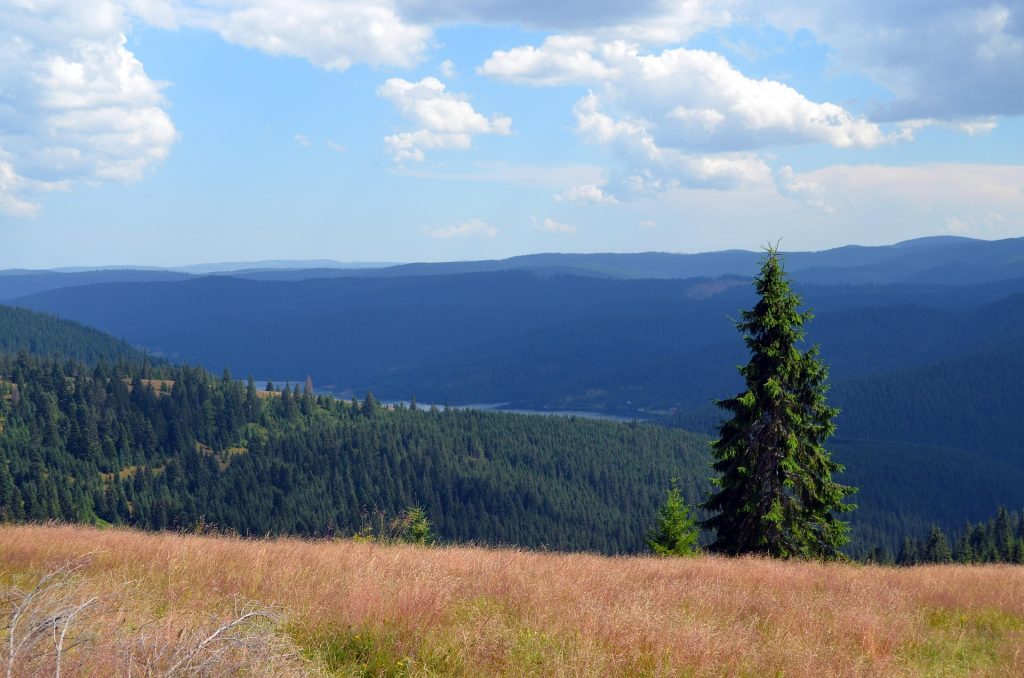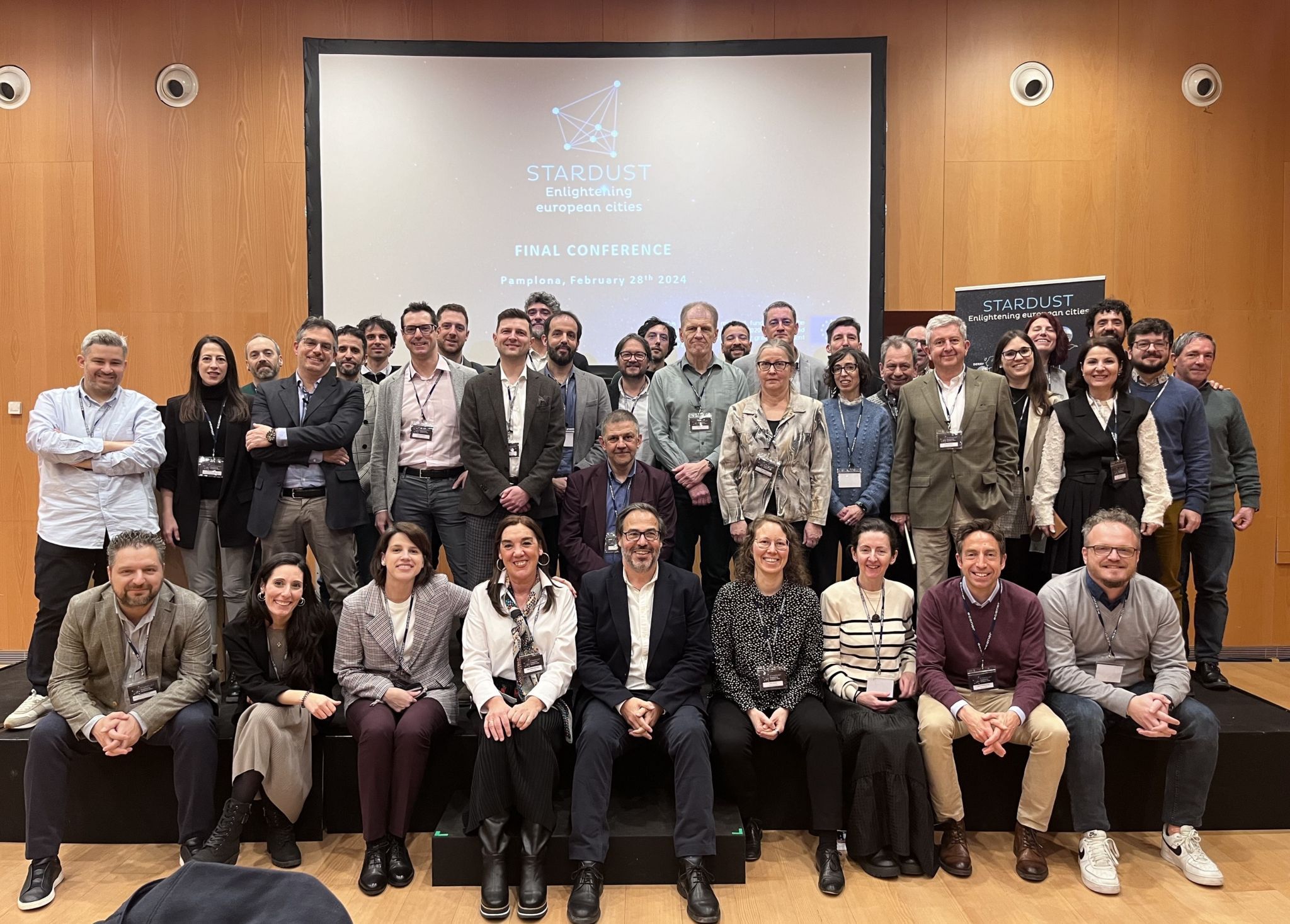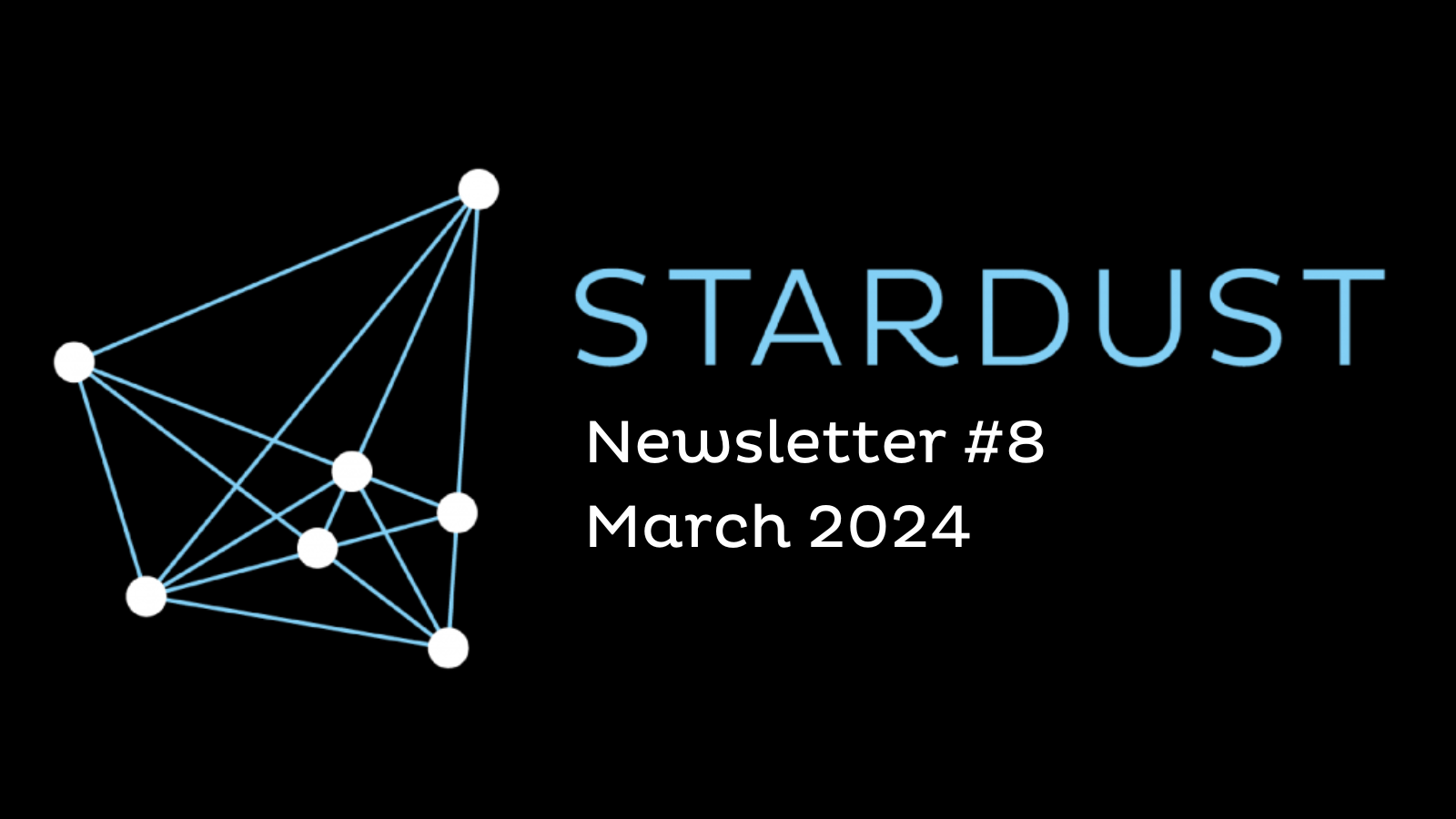A year has passed since the launch of STARDUST and members from the STARDUST consortium congregated at the Follower City of Cluj-Napoca (Romania) on the 25th and 27th of October for the project’s 2nd General Assembly. The goal was to catch up with each other on the progress made by each partner.
The Lighthouse Cities of Pamplona, Tampere and Trento reported on the progress they made so far. To begin with, all three cities tackled the issue of energy efficiency in various ways. These included installations of smart district heating equipment, introduction of building refurbishments, adaptation of energy management feedback mechanisms and outsourcing of alternative energy resources.
Moreover, solutions pertaining to mobility are being added in selected areas. To name a few, a network of charging stations and electric buses, smarter traffic and street lighting will be set to run their course. Their progress will be monitored using an open city platform, an online data monitoring tool developed internally by the technical partners of STARDUST. It collects data from the solutions introduced by the local municipalities. This will give them a better idea on the possible smart city interventions which they can effectively introduce to their communities.
A couple of positive turnouts have also been testified based on these actions. One of them came from the city of Tampere in which results from the first heating season of several local public and office buildings has just been released. By installing a home energy management system (HEMS) and a building energy management system (BEMS) in every building, they reported an average energy saving of 7% and monetary saving of roughly 10,000 € per building.
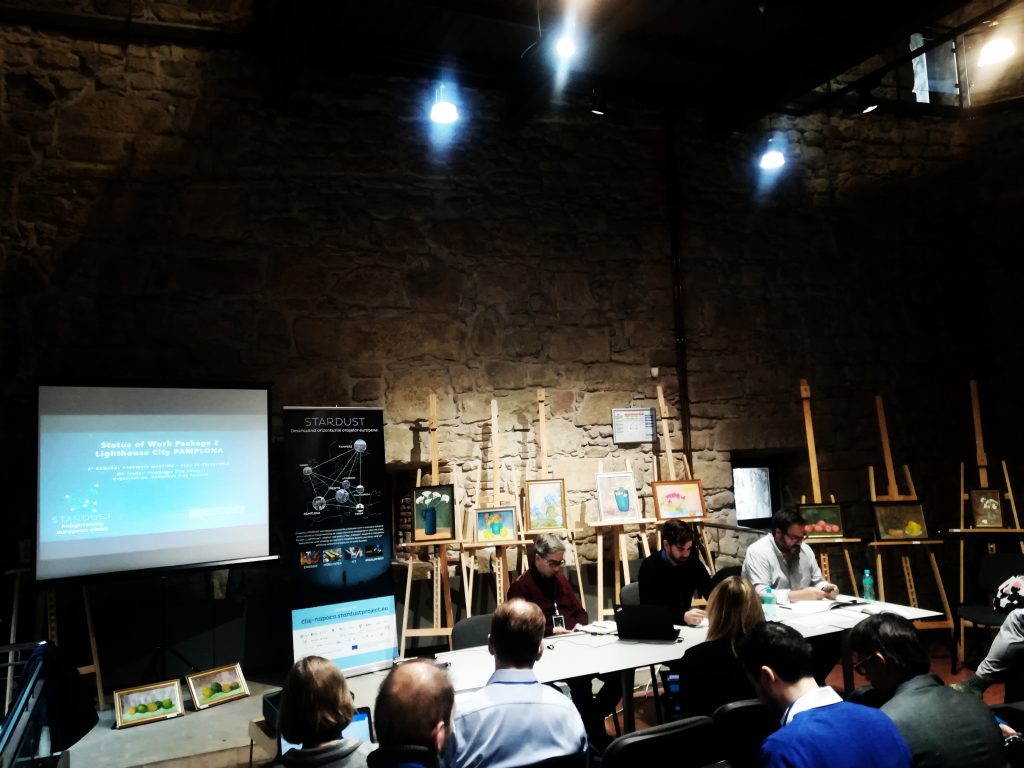
A call on amplifying the project’s communication activities – both at a global and at a local scale – took place. This is key to unlocking cities’ potential to engage with their citizens and local stakeholders in a more pro-active manner. Now that the gears have been churning for a year, plans on replicating the Lighthouse cities’ actions have initiated.
Prior to the general assembly, Cluj-Napoca’s stakeholders participated in STARDUST’s first capacity building workshop. This is just one of the many workshops that will take place in other Follower cities. Their aim is for the STARDUST consortium to understand the current situation, the values and the needs of the Follower cities and their principal stakeholders prior to executing any form of smart city solutions the cities wish to replicate from the Lighthouse cities. Investment plans and stakeholder engagement plans will be tailored accordingly based on the data gathered from these workshops. Representatives from the other Follower Cities of Derry, Litoměřice and Kozani joined the workshop in Cluj-Napoca to contribute with their ideas and expertise.
By adapting all these measures discussed during the project meeting, STARDUST will be able to offer a replicable smart city blueprint for other cities to follow thus giving them a chance to re-build their futures.
After the meeting, the entire STARDUST team had a trip to Technical University of Cluj-Napoca where they met researchers who are deeply involved in a H2020 energy efficiency project called Dr BoB. During their talk, they presented actual results from their demo sites thus demonstrating the economic and environmental benefits of demand response in blocks of buildings. Later during the day, they visited a secondary school that had been refurbished by the municipality of Cluj-Napoca.
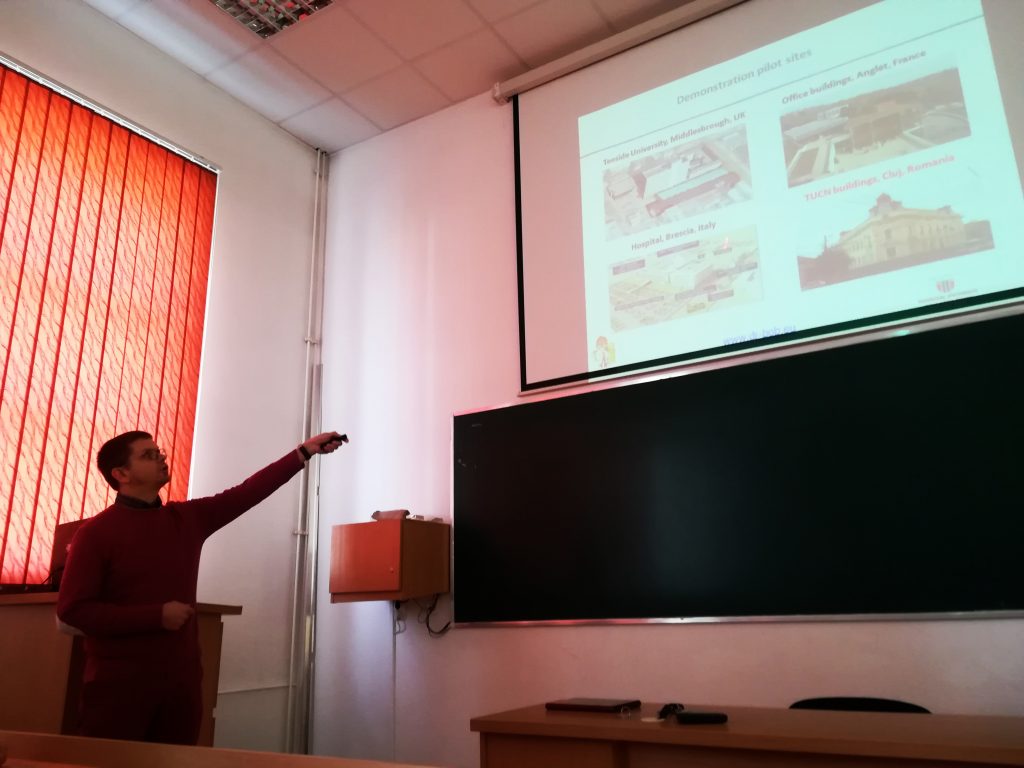
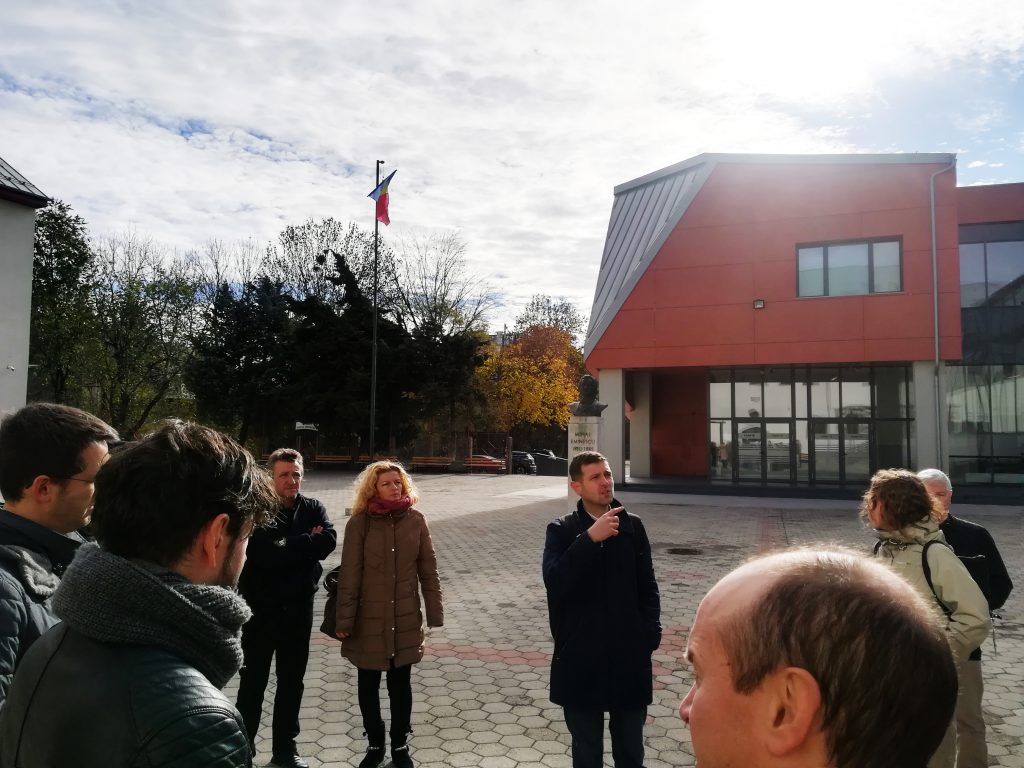
All in all, this meet-up provided STARDUST’s partners a foundation they can all work from as the project surpassed its first year. Most importantly, it was an opportunity for both Lighthouse cities and Follower cities to learn from each other now that more concrete actions and plans are taking place.
